The city typically has two big financial events annually. The first, and the one that gets the most attention, is in the Spring when the budget is discussed and adopted. That’s where the Council decides, in some detail, how it intends to provide for public health and safety and maintain or improve the quality of life for the community.
The second big budget event occurs right around…now. It gets far less attention than the Spring one because it occurs during the holidays and is a look backwards, not a look forward. Plus it has a real sleeper of a title (actually two titles as it comes in two parts).
Which is unfortunate because recently it’s been at least as significant as the budget process.
What is it you ask? Here you go:
- Accept the Comprehensive Annual Financial Report (CAFR) for the Previous Fiscal Year
- Decide How to Allocate or Offset a Surplus or Deficit
Yawn…except we ended the last fiscal year — they end on June 30th, so these numbers are for the period 7/1/2018 thru 6/30/2019 — with an $8,887,586 surplus. You read that right — the city took in more money than it spent by just shy of $9 million dollars.
That’s impressive given that our primary budget is around $40 million so the surplus amounted to a bit over 20%. It’s also on top of a $7 million surplus for the 7/1/2017 – 6/30/2018 fiscal year.
It’s even more impressive when you realize we expected to end last fiscal year with a $2.8 million deficit (big projects or initiatives sometimes cause us to spend more money than we take in during the year). So things were actually “better” than expected by about $11.7 million (11.7 – 2.8 = 8.9).
Better is in quotes because spending less cash due to not hiring people to do work as fast as you planned or because a project got delayed isn’t necessarily a good thing. We want work to be done and projects to be executed or we wouldn’t budget them. Part of the nearly $9 million surplus stems from things like that.
But only part. A big chunk comes from structural changes, like hotel taxes paid by new hotels and higher property taxes because land and homes have gotten very valuable. Those additional sources of income aren’t fixed. They can and will vary based on economic activity (e.g., business travel to the area, regional business activity).
But when you remember that the median assessed value of a home in San Carlos — the base on which property taxes are calculated — is likely still around $700,000 while the average price of homes selling today is likely around $1.5 million or more you can see that the shift towards better city finances is likely to persist even during economic downturns, albeit more slowly.
Bottom line, there has been a structural shift in our community’s finances. It’s less likely, maybe much less likely, that San Carlos will be living mostly hand-to-mouth as it did for its first 90 years as a city.
There are substantial new commercial developments on the horizon as well. We could easily see 2,000,000 square feet of new commercial office space built in San Carlos in the next few years, enormously expanding the 1,400,000 square feet that was built in our first 90 years. That, too, will generate new property and sales tax income, as well as developer fees, etc. Not to mention that there is more hotel capacity being built as we speak.
All of this is why I titled the state of the city address I gave last March A Pivotal Moment (you can watch it online here). We are at one of those points where we owe it to ourselves, and those who will come after us, to think about what we want San Carlos to look like and be like going forward.
Yes, we have a plan. We always have a plan (it’s the law; it’s called the General Plan). And it’s working pretty well, based on these numbers.
But given how spectacularly well things are going I believe we really ought to revisit that plan. If for no other reason than we have more options available to us now as a community than we did when we last revised it about a decade ago.
Unfortunately, I have to tell you that I don’t believe that’s going to happen. Unless the community speaks up.
So take a moment while you’re celebrating the holidays with friends and family to consider what you want your Council to do…and let it know.
You can read more about the details of both the audited financials and the financial results online here.
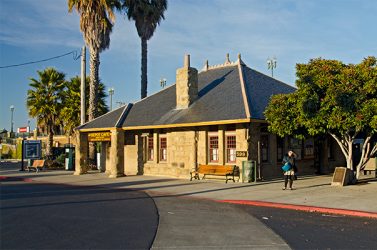
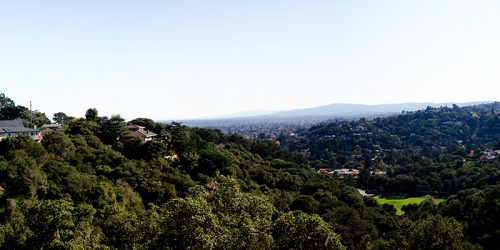
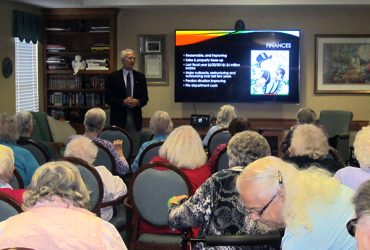

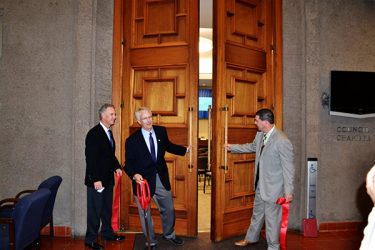
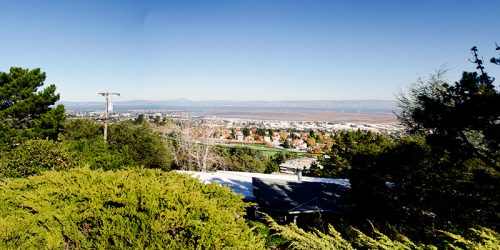

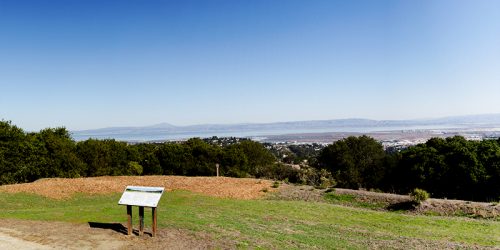
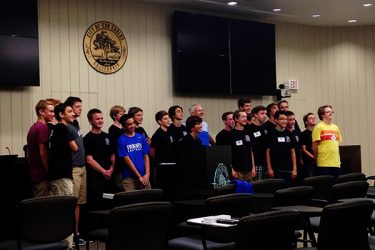
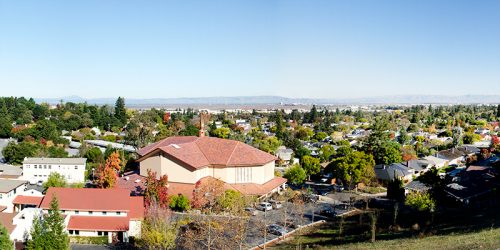

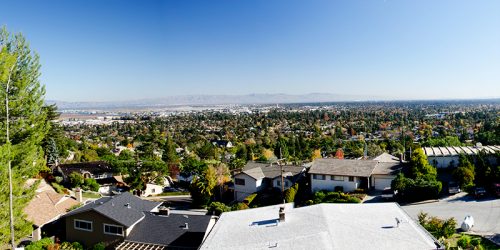
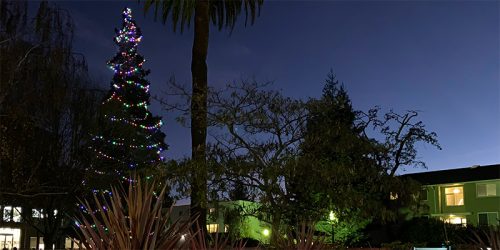
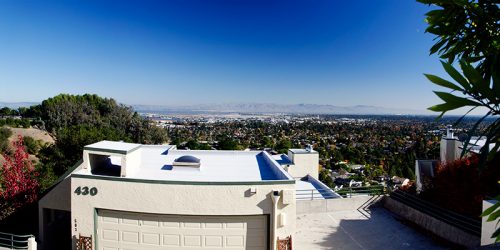
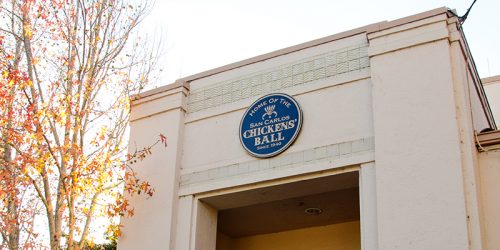
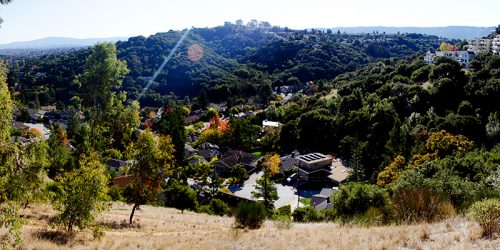
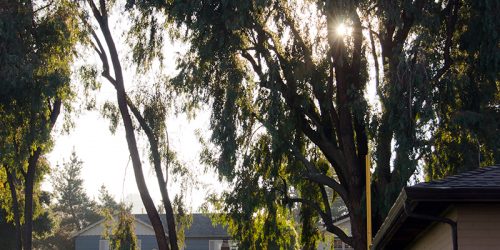
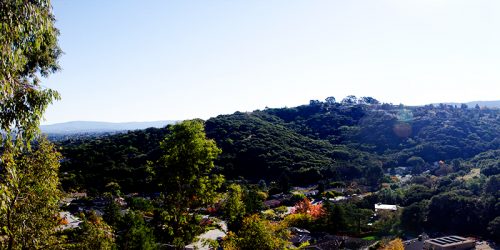
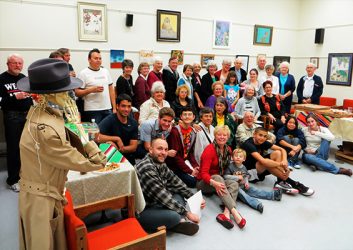
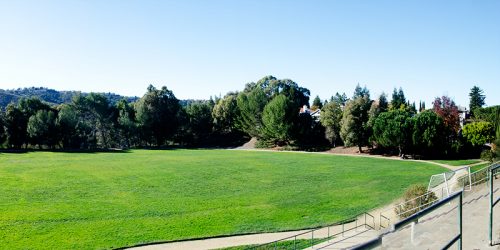

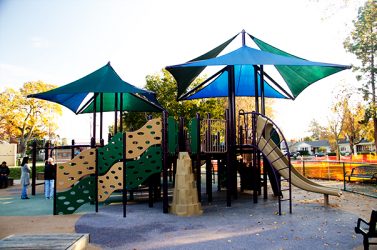
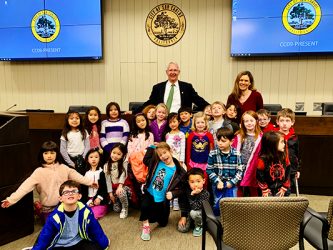



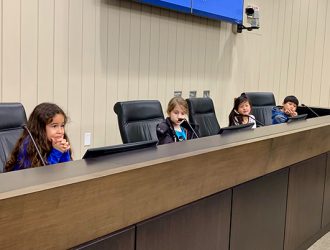
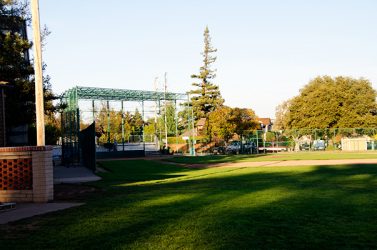
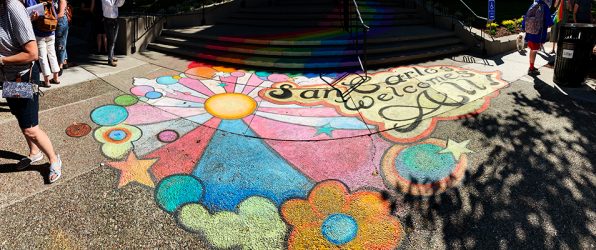
11 thoughts on “Another Banner Year”
Wow, that’s wonderful news.
There are lots of things we could spend that money on, but I’ll argue that the most important thing we can do to maintain the livability of our town is to spend it on infrastructure to handle all of the additional population that has come (and will continue to come) into our community. All that new housing and new commercial real estate means not just new tax revenue, it means more people and cars on the roads. And it’s become very noticeable.
The primary thing I would look at is to improve the main arteries around town. Everyone complains about all the people speeding through their quiet streets, and it’s happening because the main roads are clogged. We don’t need speedbumps to keep people off those side streets, we need main roads that do their jobs so that there’s no need for stressed drivers to look for alternate routes. What does that look like? Off the top of my head it would include some of the following (I’m just going to brainstorm here, without concern for feasibility):
– Widen the main roads we want people to drive on.
– Adjust the stoplight timing on the main roads such that drivers can get through the main areas by driving the speed limit without having to stop many times. (I’m looking at you, San Carlos Ave between El Camino and Cedar, and the entire stretch of El Camino in San Carlos.)
– Adjust the stoplight timing that makes it impossible for cars from some directions to get through intersections at some times of day. Off the top of my head I’ll name the light at Alameda and Club (try turning left from Club onto Alameda northbound during rush hour or when the schools are letting in or out), and the light at Holly & El Camino, which is timed such that the cars on El Camino north have no ability to turn right onto Holly because it’s totally backed up when they have a green light and there’s no opening to do a right on red. Oh, and the light at Holly & Laurel, which used to be a stop sign, seems timed to actively ensure that no one gets through when it would be the most logical.
– Look into making many of the side streets in downtown one-way. This would allow for both sides of the street parking while leaving plenty of room for one direction of traffic to get through. Most of those roads do not have room for oncoming cars to pass without someone pulling over into a driveway opening. More traffic and wider cars have combined to make those streets brutal to navigate.
Well, that’s a start. 🙂
Completely agree, Jason.
That’s a great start and we agree with your suggestions around improving the main traffic arteries in town. I would add that pedestrian overpasses on El Camino (especially near the train station) will also help improve traffic and pedestrian safety.
Mark- thanks for sharing. It’s not clear to me what “plan” you’re asking to be revisited? Is it the City’s Strategic Plan or the bi-annual financial plan? What is the timing for the regular review of the City’s Strategic Plan? Are we nearing the regular interval?
Good question, Josh. I’m talking about the General Plan, which is the fundamental plan for how the community wants to see development take place within the city. I’ve updated the post to include that reference.
Perhaps some of this money should be put into savings to offset the inevitable increase in pensions that the city will face within the next 20 years or so or all of the pensions fully funded for current and retired staff?
Mark, thank you once again for keeping us informed of not just what is going on in San Carlos, but your thoughts about what is and what may be going on. I’ll watch for dates to attend these meetings.
That’s a good question, Sue. Short answer is no, the pensions are not fully funded. Last year the Council authorized investing an additional $7 million or so in the pension obligations to reduce future payments.
In the interest of full disclosure I voted against that $7 million investment. The thing that gets missed in talking about whether pensions are fully funded or not is that being fully funded isn’t necessarily the best goal for a community. Here’s why.
Roughly speaking a pension obligation is like a mortgage. Almost no one I know with a mortgage has a fully funded one. That would mean they have enough cash on hand, or in investments, to repay the face value of the mortgage at any time. In fact, I estimated that San Carlos, collectively, has about a $4.5 billion (that’s billion-with-a-b) underfunded mortgage obligation.
Yet relatively few San Carlans wake up in a cold sweat each morning wondering why they ever bought a home in the first place. Instead, they go to work, do their jobs, and earn a living so they can meet their monthly expenses. They’ve traded some degree of financial security/certainty — the ability to discharge their mortgage whenever they need to — for the benefits they get (e.g., owning a home).
Communities and pensions are similar, with one caveat I’ll explain below. They make themselves an attractive place to live, work and play so that they earn enough revenue to be able to pay their bills. Investing money in pre-funding pensions means they have to forgo doing things that would improve the quality of life or protect public health and safety. Which makes them less attractive a place to be, reducing their ability to pay their bills.
The caveat is that pension obligations are like a mortgage where the bank — the California Public Employee Retirement System (CalPERS) in this case — can call you up and raise your rates (perhaps because they charged too little in the past). But the basic logic still applies, albeit one has to be more careful in what you invest money in to make a community a more attractive place to be. You can increase your revenues by being a more attractive place which in turn lets you meet your higher “mortgage” payment.
In fact that’s what happened in San Carlos in the last decade or so. Pension contributions were raised but we still earned large surpluses because the combination of a good economy and a great community increased our revenues faster than pension costs expanded.
And don’t get me started on the illogic (IMHO) of giving more money to CalPERS to cut future pension increases when >>no one<< I've met in civic government trusts CalPERS at all... 🙂
Thank you for sharing this, Mark. I walk a lot and I would like to see improvements on sidewalks and blinking pedestrian crossings safety. Tree lined streets add to the appeal of a city- so for the city to spent some money on the upkeep of existing trees would be nice (trimming them every seven years is not enough..) Another item on my list would be to encourage the use of bicycles by installing more safe bike lanes.
Thank you !
I agree, especially along old county. We are in east San Carlos and my children do not have a safe bike lane to get over to burton or arroyo due to the way that old county is set up with sidewalks jutting into the parking & bike path and places where there is no bike lane.
It would be critical to progressively bury the electric lines in the city to make it a safe and modern city!
Thank you Mayor Olbert for taking the time to outline the City’s finances and in particular explaining the pension debacle. I am retired now but worked for five municipal cities including San Carlos for over 40 years. I would have suggested some of the surplus, nearly$ 9 million be spent on paying down the CALPERS debt. But after reading your logical position statement I agree with what you are saying. I now would say with the surplus pay some toward PERS but not as much as I would have originally thought.
As to other ways to “invest” the surplus, I do think our infrastructure needs attention after 90 years of “filling potholes”. I believe the pavement and sidewalk program (perhaps bridges and storm drains) should be more aggressive. With all the development and, remodeling residential streets have taken a beating. Sections of Laurel St. look poor given the importance of that thoroughfare as well as feeder streets like Brittan Ave, Howard Ave,. Alameda, San Carlos Ave. and St. Francis Way.
And if it is true that up to 2 million square feet of development is to be considered in the next 20 years, how will the streets and transportation be reconfigured.? Our city is essentially operating on streets that were designed in the 1920s, 30s 40s and 50s yet the private space is being developed at a 21st Century pace. Thankfully, previous City Manager Mike Garvey and previous City Councils had the vision to upgrade the CalTrain right-of-way, otherwise we would be in a worse situation than we are in now. I watch with interest how cities like Menlo Park and Palo Alto are just now grappling with grade separation debate, meanwhile the price tag goes up and the discussion continues.
So my point is that San Carlos needs to have that vision for tomorrow but at the same time maintain a strong infrastructure, maintain realistic rainy day reserves and not spend money on onetime “glamour” projects.
Thanks you for listening to my suggestions.
Bruce Cumming
Hi Mark,
I didn’t see any reference to CAFR or Surplus/Deficit on tonight’s Council agenda. Will possible uses of the surplus be discussed tonight?
Thanks,
-Josh